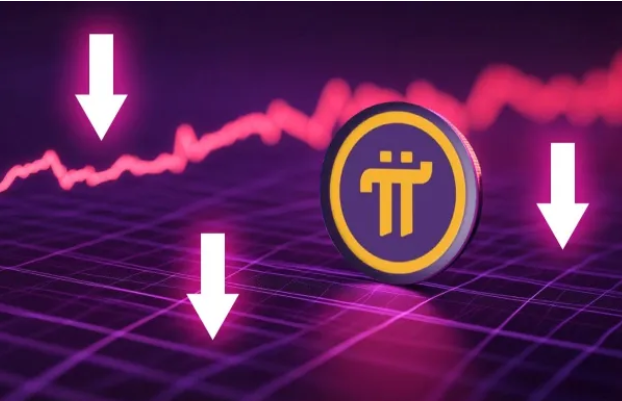The Federal Reserve lowered interest rates on Wednesday for the first time since December, citing rising unemployment risks and a softening labor market. Policymakers reduced the benchmark rate by a quarter of a percentage point to a 4.00%–4.25% range and signaled more cuts at upcoming October and December meetings.
Fed Chair Jerome Powell emphasized that protecting jobs is now a priority. “There are no risk-free paths … It’s not incredibly obvious what to do,” he told reporters after the two-day policy meeting. “We have to keep our eye on inflation at the same time, we cannot ignore … maximum employment.” Powell warned that payroll growth has slowed, with minorities and younger workers particularly vulnerable. “We don’t need it to soften anymore,” he said.
The move aligns partly with President Donald Trump’s calls for easier monetary policy but fell short of the aggressive reductions he demanded. Newly appointed Fed Governor Stephen Miran dissented, pushing for a half-point cut and projecting additional reductions that could bring the policy rate below 3% by year’s end. Analysts linked one unusually low rate projection to him.
The decision unfolded amid political tension. Trump has repeatedly criticized Fed policy, sought to remove Governor Lisa Cook, and appointed Miran directly from the White House’s Council of Economic Advisers. Despite fears of outsized political influence, Powell and other officials maintained independence in their approach.
Powell noted that while inflation may temporarily rise due to tariffs, long-term pressures appear manageable, allowing flexibility in policy adjustments. Still, with weak hiring and declining work hours, the Fed faces the challenge of balancing inflation control with its employment mandate.






